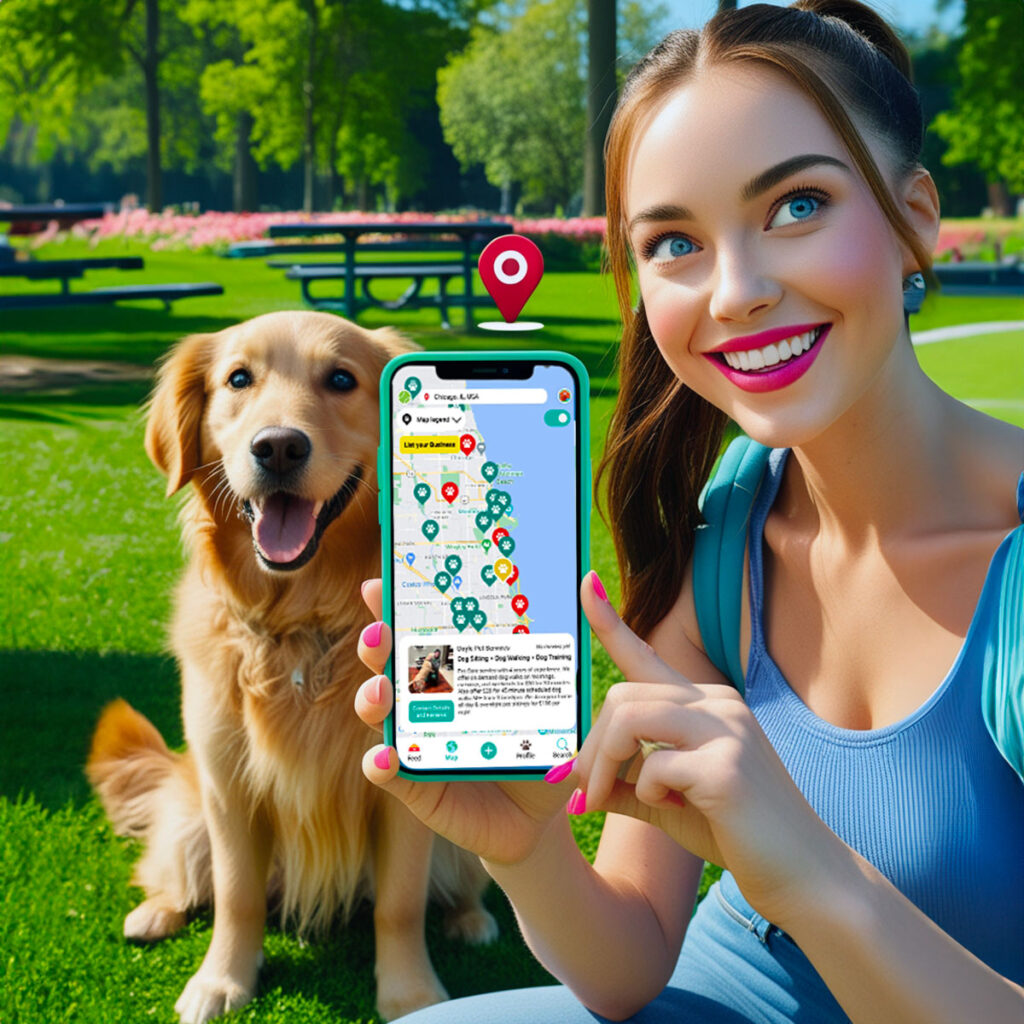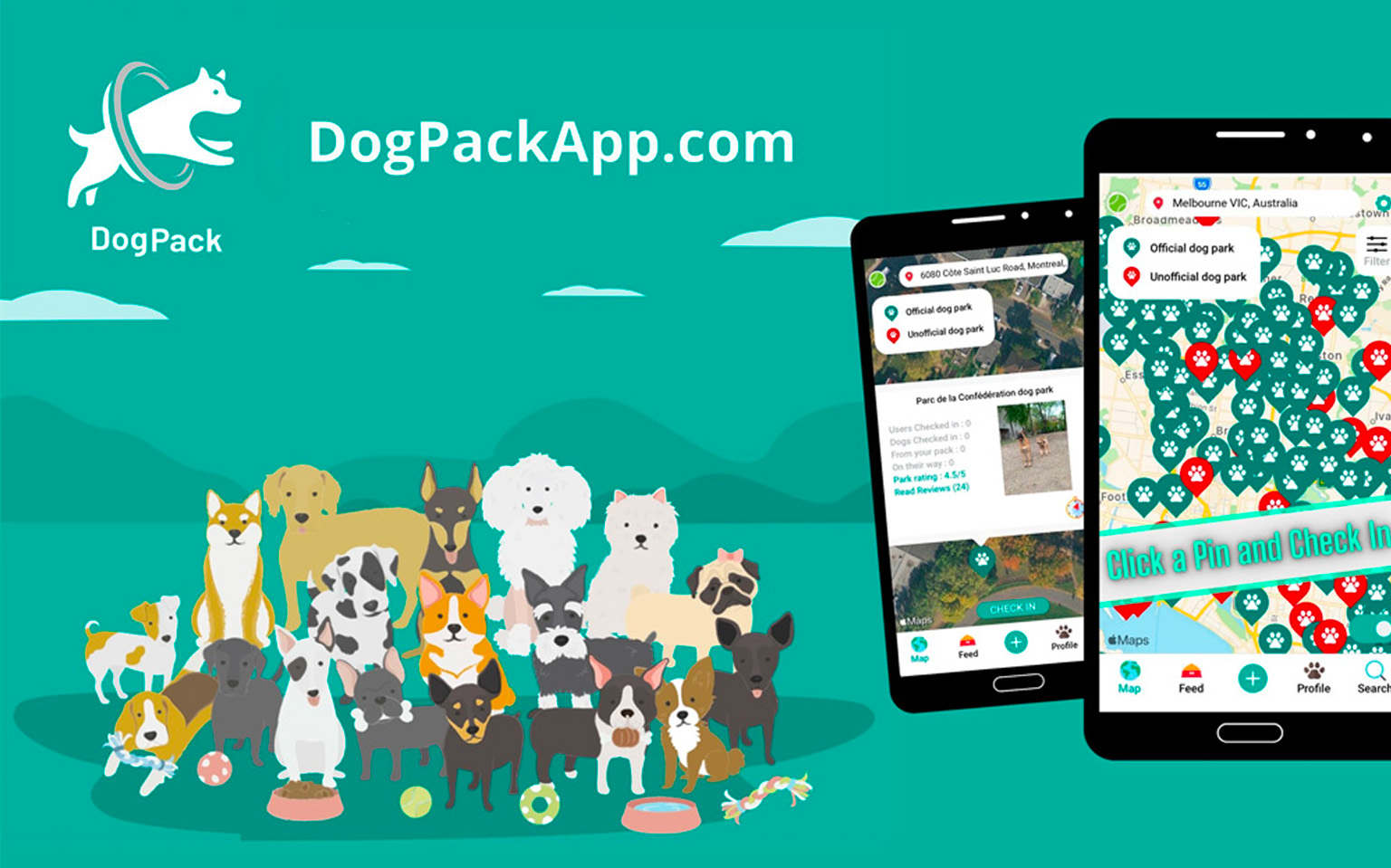DogPack’s Latest Blog posts
Get the DogPack App Today!
Con
The Ultimate App for Dog Owners
Find dog-friendly parks, connect with local dog owners, and keep your pet safe—all in one place. With DogPack, explore the best places for your pup, share photos, and even help reunite lost dogs with their families.
75k+
Dog-Friendly Parks & Businesses
810k+
Dog Owners in Our Community
Proudly Featured in:
Getting a Second Dog: The Ultimate Guide to Making the Best Decision
Double the Dogs, Double the Fun? Picture this: You’re scrolling through adorable dog adoption profiles when you spot it—a sweet, floppy-eared pup with soulful eyes that practically…
Top 15 Most Expensive Dog Breeds in 2024
For dog lovers seeking more than just a furry companion, the most expensive dog breeds offer a unique blend of rarity, prestige, and luxury. These prized pups command hefty…
15 Fascinating Facts About the Catahoula Leopard Dog
The Catahoula Leopard Dog isn’t just a stunning breed—it’s a symbol of Louisiana’s culture, history, and rugged determination. Known for their striking coats, piercing eyes, and unmatched versatility, these…
Top 20 Low-Maintenance Dogs: A Guide to Stress-Free Companionship
Owning a dog is one of life’s greatest joys, but not everyone has the time or energy for a high-maintenance pet. Thankfully, some dog breeds are naturally…
Top 10 Fastest Dog Breeds: Speed Champions of the Canine World
Ever wondered which dogs could leave even the fastest humans in the dust? Usain Bolt, the fastest man on Earth, reached an incredible 27.8 mph (44.7 km/h) during his…
15 Dog Breeds Built for Power and Loyalty
Discover 15 dog breeds renowned for their unmatched strength, loyalty, and power, from muscular builds to impressive bite forces.
Most Popular Posts
Featured Dog Breeds
Barbado da Terceira
Curious about the Barbado da Terceira? This energetic and intelligent Portuguese breed is a hidden…
Dalmatian
The Dalmatian, famous for its distinctive spotted coat, is an energetic and loyal companion. This…
German Shepherd
The German Shepherd is a mix of intelligence, loyalty, and versatility. Explore why this breed…








































